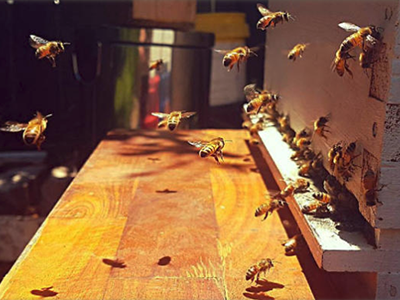- Product Name
- Product Keyword
- Product Model
- Product Summary
- Product Description
- Multi Field Search
Online
Inquiry
Inquiry
Views: 13 Author: Site Editor Publish Time: 2018-03-28 Origin: Site

No matter what kind of bee house you make, these general tips will help make it a success. • Tunnels should be open on one end and closed on the other end. Being open on both ends increases exposure to parasites and pathogens. If using a bundle of reeds like bamboo, cut the segments so that one end is closed by a natural node.
Ideal tunnel depths are between 5 and 8 inches, and diameters from 1/8” to 1/2”; you do not need to be very exact. Variation in tunnel dimensions accommodates more bees of different species and sizes, and also helps bees distinguish their nest from others nearby and remember where it is. If all the tunnels look the same, the bees may become confused and lose track of their nests. • It should be obvious, but do not use treated wood or aromatic insect-repellent wood (such as cedar) for nest blocks.
If you are making clear-topped wood blocks, get high-quality wood with as few knots as possible, as knots can weaken the walls between adjacent tunnels. Going across the grain also weakens tunnels. • To create more nest variation to help the bees orient themselves, paint the tunnel entrances different colors.
Blue, black, and unpainted raw wood make a good contrast. Keep in mind that bees cannot see reds. • Bright, fluorescent blue is highly visible and attractive to bees. Painting parts of your nest or shelter box this color might attract more bees from longer distances